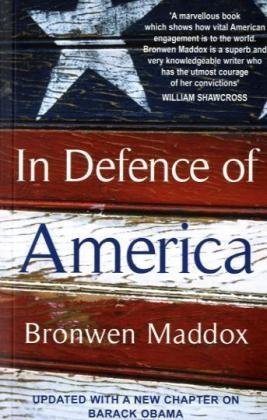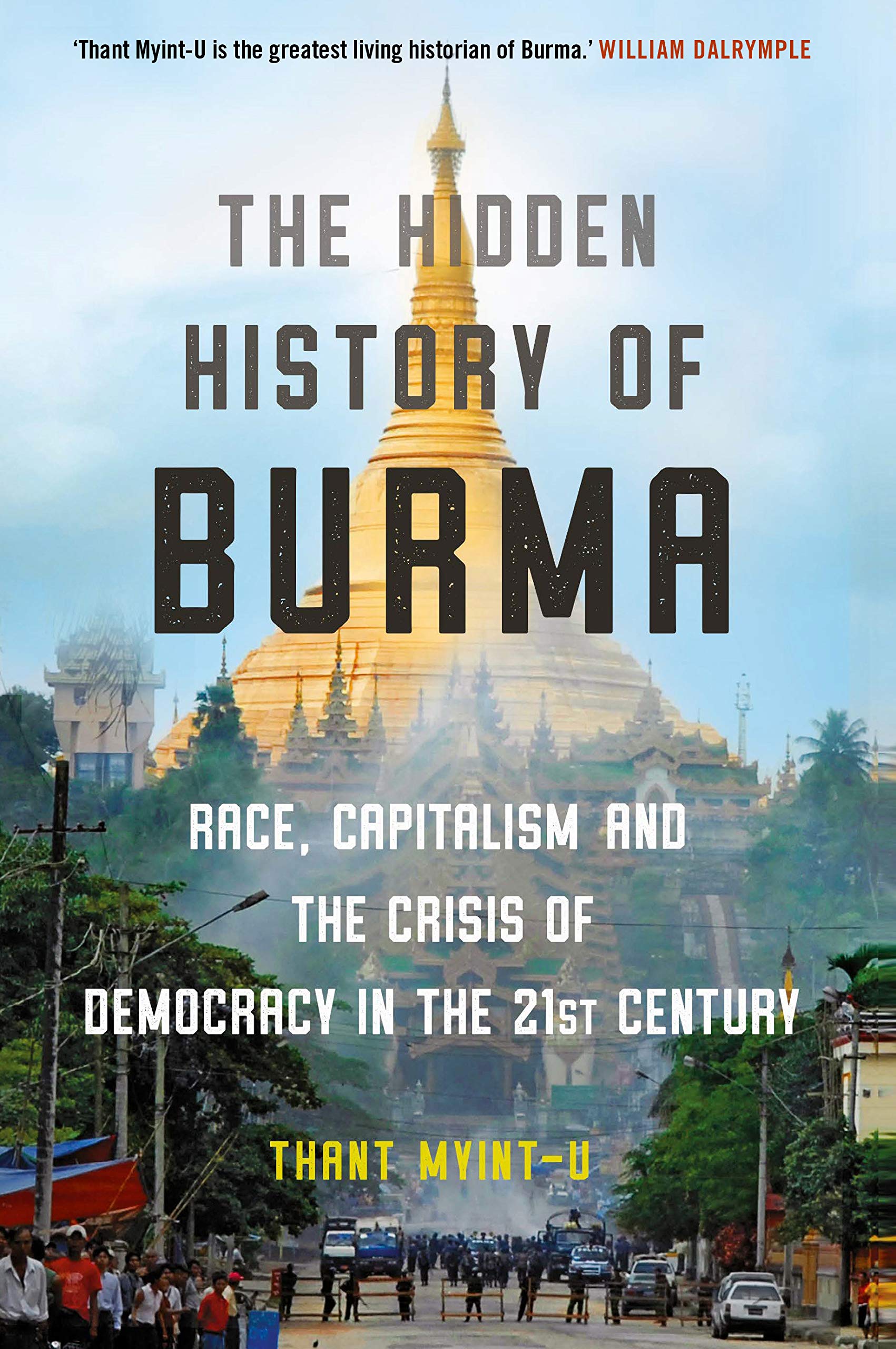
Brian Deer. The Doctor Who Fooled the World: Science, Deception, and the War on Vaccines. Johns Hopkins University Press, Baltimore, 2020. ISBN: 9781421438009.
In the depths of worldwide lockdowns in Spring 2020, development was already well underway for a COVID-19 vaccine, which has long been recognized as the most effective tool for ending the pandemic and returning to a sense of pre-pandemic normalcy. The speed with which vaccines were developed and readied for distribution in high income nations represents a modern scientific miracle. It also represented a novel response to a threat to global human security. Yet in the United States, the vaccine acceptance rate is 64.6%. Russia’s rate is a paltry 30.4%. Why is this?
Brian Deer’s book may hold some of the answers to that very question. His book is the culmination of over fifteen years of reporting focused on one individual, Andrew Wakefield. Deer – a healthcare investigative reporter for the Sunday Times – recounts his investigations into Wakefield, tracing his rise from self-assured young physician to vanguard of the modern anti-vaccination movement. Through a series of interviews with mothers, scientists, physicians, and civil servants, Deer completely unravels Wakefield’s initial scientific claims which were used to sow doubt about the efficacy of the three-in-one Measles, Mumps, and Rubella (MMR) jab. Wakefield asserted that the MMR vaccine caused gastrointestinal complications which in turn led to autism. The book is a study in scientific malfeasance and personal failings, as well as a masterwork in conversational exposition. The author’s ability to bring the reader in with him as he sits in homes and coaxes the truth out of parents who were unwitting participants in one of the greatest scientific frauds of the modern era is commendable. As is his ability to breakdown the complex nature of the underlying science of vaccines and gastroenterology (the latter of which was the focus of Wakefield’s so-called research), which makes the book an easy read for the lay person
Beyond the specifically duplicitous nature of Wakefield, who repeatedly engaged in conflicts of interest, junk science, and media and legal manipulation, there are broader lessons for how anti-vaccine sentiments can take hold in the population. The doctor without patients, as Deer derisively refers to Andrew Wakefield throughout the book, used three important tools to foment hostility against the MMR vaccine: mother’s guilt and the fear of the unknown, personal agency, and data manipulation.
The first tool is simple and cruel. If a mother’s child suffers from autism, there must be a clear cause. Poor memory recall associates the child getting vaccinated and almost simultaneous development of non-neurotypical behaviour. Thus, the mother voluntarily exposed the child to the risk of autism and the only way to ameliorate this is to sign the child up for a series of invasive procedures – all of which were unnecessary or whose data was subsequently manipulated. If instead the mother had opted not to get the baby jabbed, then at least any subsequent issues could not be tied back to a decision that the mother had made. The risks of doing something, then, can be rationalized in such a way as to outweigh the risks of not doing something. It is little wonder that Wakefield has developed a cult following whose demographic is almost entirely comprised of mothers of autistic children.
The second tool is closely related to the first, but it goes further by cleaving the medical community and individuals. As Wakefield moved beyond his crusade against the MMR vaccine and took on vaccination writ large, he developed a potent narrative that asked, “who knows what’s better for our children, the mothers or the experts?”
The final tool is simple yet effective: none of Wakefield’s research stood up to close examination, much of it was falsified, and he repeatedly refused to conduct a “gold standard test” even when presented with near-limitless institutional support to do so. As often occurs, the subsequent corrections and redactions did not receive the same level of media coverage as the initial shocking claims.
Many of these tools can be applied toward the COVID-19 vaccines. A child or adult could suffer side effects from the vaccines, or even in extreme circumstances, vaccine injury. Those risks are known, whereas if one chooses not to receive the COVID-19 vaccine, the possibility of suffering from the disease is – to most people – an unquantifiable risk. As with the breathless coverage of Wakefield’s initial findings, negative outcomes receive more limelight than the experience of millions of patients who have had no ill side effects. Personal agency and a distrust of government and experts has been one of the most potent tools of COVID-19 anti-vaccine sentiments. Some ardent refusers have even co-opted the phrase “my body, my choice” from the reproductive rights movement to pushback against perceived government coercion.
Anti-vaccination movements and the misinformation that drive them directly threaten human security. The resurgence of heretofore eradicated diseases threatens fragile healthcare systems, particularly in low-income countries or conflict zones. Furthermore, disease is a natural limitation to economic activity and development. Those who campaign against effective public health measures, including vaccines, for reasons based not on sound science, but rather fear and misinformation, threaten human security. Deer’s timeline at the end of the book illustrates this reality: March 2011 there is a measles outbreak among the Somali community of Minnesota following an appearance by the good doctor, November 2018 the WHO warns of a resurgence of measles, and in December 2019 the Democratic Republic of Congo reports nearly 5,000 measles-related deaths. Brian Deer’s book is thus an excellent primer on this powerful threat to human security.




